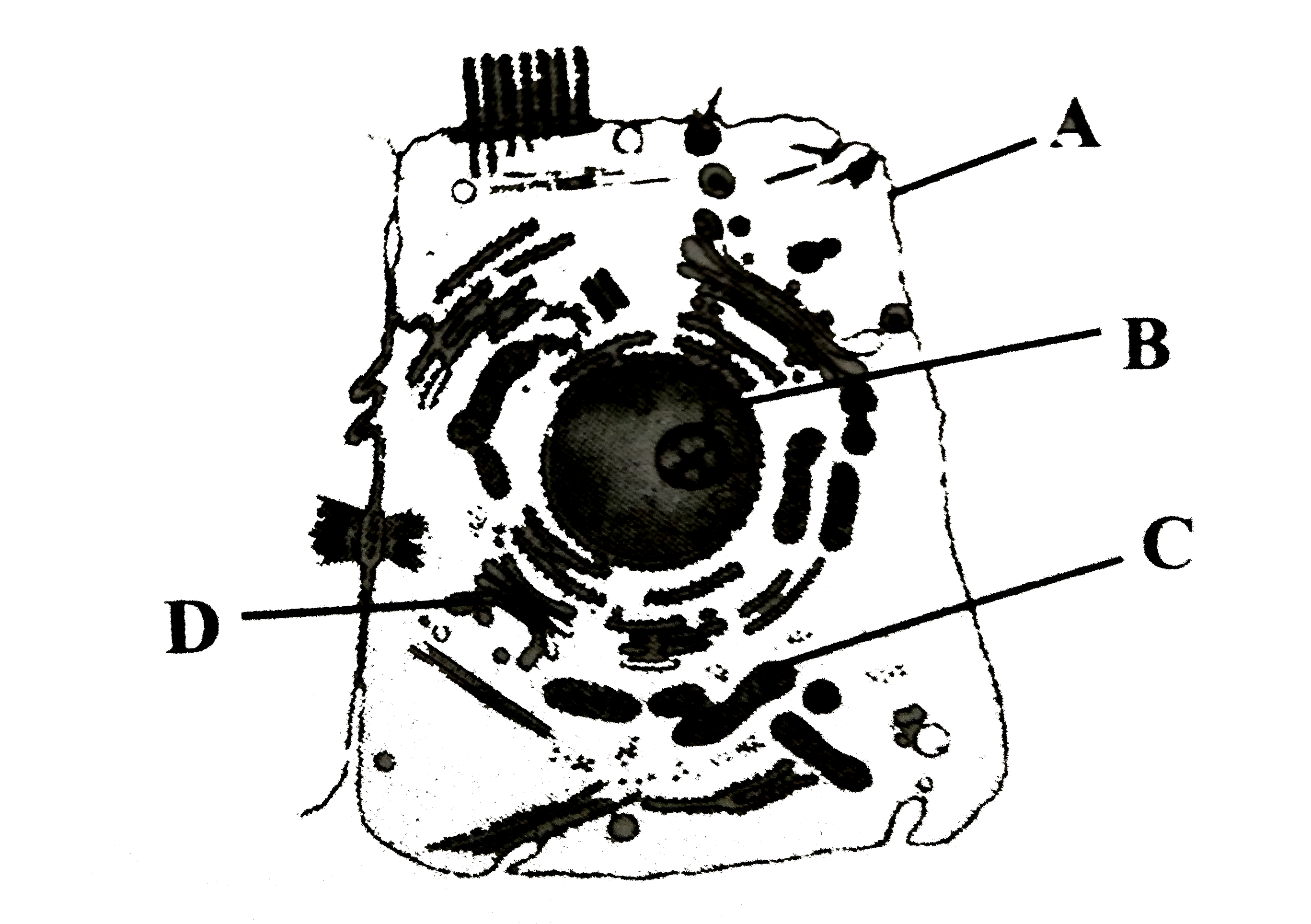Environment determines the sex of the animal in
(A) Bonellia
(B) Hirudinaria
(C) Nereis
(D) Both A and B
Bonellia
Hirudinaria
Nereis
Both A and B
The correct Answer is:A
To solve the question regarding which animal's sex is determined by the environment, we can follow these steps:
Step 1: Understand the Question
The question asks which organism's sex is determined by environmental factors. The options provided are:
- (A) Bonellia
- (B) Hirudinaria
- (C) Nereis
- (D) Both A and B
Step 2: Analyze Each Option
- Bonellia: This organism exhibits environmental sex determination. The adult female produces a pigment called bonellin, which influences the sex of the larvae that come into contact with it. If the larvae encounter bonellin, they develop into males.
- Hirudinaria: This organism does not have its sex determined by environmental factors. The sex is genetically determined rather than influenced by external conditions.
- Nereis: Similar to Hirudinaria, Nereis does not have its sex determined by environmental factors. It also has a genetic basis for sex determination.
Step 3: Identify the Correct Answer
Since only Bonellia exhibits environmental sex determination, the correct answer is (A) Bonellia.
Step 4: Consider Other Options
Option (D) states "Both A and B," but since Hirudinaria does not exhibit environmental sex determination, this option is incorrect.
Final Answer
The correct answer is (A) Bonellia.
---
The question asks which organism's sex is determined by environmental factors. The options provided are:
- (A) Bonellia
- (B) Hirudinaria
- (C) Nereis
- (D) Both A and B
- Bonellia: This organism exhibits environmental sex determination. The adult female produces a pigment called bonellin, which influences the sex of the larvae that come into contact with it. If the larvae encounter bonellin, they develop into males.
- Hirudinaria: This organism does not have its sex determined by environmental factors. The sex is genetically determined rather than influenced by external conditions.
Since only Bonellia exhibits environmental sex determination, the correct answer is (A) Bonellia.
Option (D) states "Both A and B," but since Hirudinaria does not exhibit environmental sex determination, this option is incorrect.
The correct answer is (A) Bonellia.
Topper's Solved these Questions
- PHYLUM - ANNELIDABOOK - DINESH PUBLICATION ENGLISHCHAPTER - PHYLUM - ANNELIDAEXERCISE - Revision Question From Compretitive Exams.
38 Videos
- PHYLUM - ANNELIDABOOK - DINESH PUBLICATION ENGLISHCHAPTER - PHYLUM - ANNELIDAEXERCISE - Check your grasp
10 Videos
- PHOTOSYNTHESISBOOK - DINESH PUBLICATION ENGLISHCHAPTER - PHOTOSYNTHESISEXERCISE - CYG
10 Videos
- PHYLUM - ARTHROPODABOOK - DINESH PUBLICATION ENGLISHCHAPTER - PHYLUM - ARTHROPODAEXERCISE - CYG
20 Videos
Similar Questions
Most animals are
(A) Haploid
(B) Diploid
(C) Heterotrophic
(D) Both B and C
View SolutionBody is segmented in
(a) Arthropoda
(b) Cnidaria
(c) Annelida
(d) Both (a) and (c)
View SolutionName the term used for an animal having both the sexes.
View SolutionIn human digestion is
(a) Intercellular
(b) Intracellular
(c) Extracellular
(d) Both a and b
View SolutionGiven is the ultrastructure of an animal cell. Identify the parts marked as A, B, C and D.

View SolutionFood web is constituted by
(a) relationship between the organisms and the environment.
(b) relationship between plants and animals
(c) various interlinked food chains in an ecosysystem
(d) relationship between animals and environment.
View SolutionA temporary clitellum occurs during the breeding season in
(a) Pheretima
(b) Heteronereis
(c) Hirudinaria
(d) Aphrodite
View SolutionThe fresh water animal is
(a) Tubifex
(b) Polynoe
(c) Pontobdella
(d) Neanthes
View SolutionAmphibian larvae possess
(A) gills
(B) gills and unpaired fins
(C) both paired and unpaired fins
(D) both A and B
View SolutionIn a parallelogram ABCD , determine the sum of angles ∠C and ∠D
View Solution
